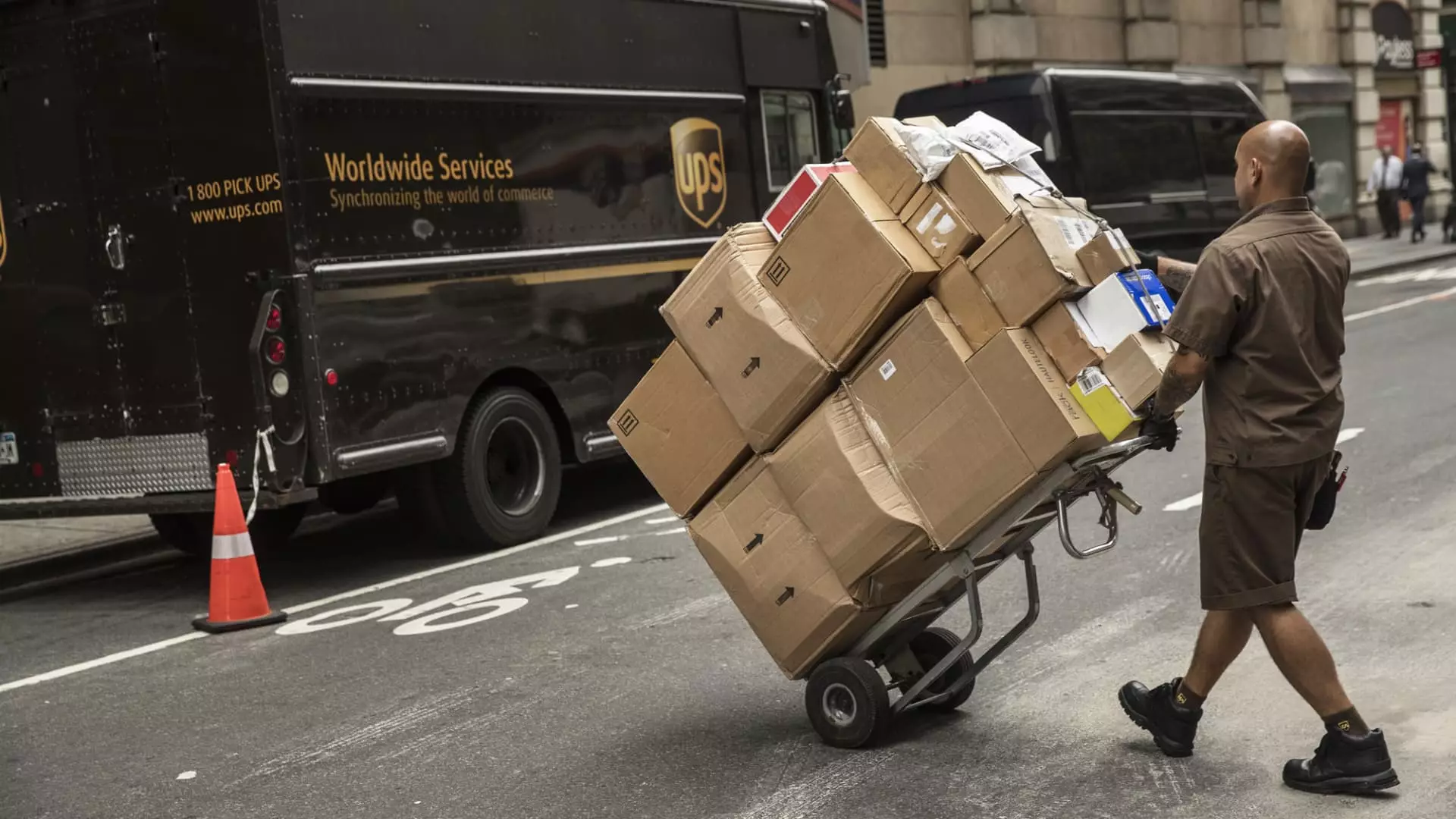In recent years, the holiday shopping season has become a significant driver of retail revenue in the United States. Projections for the 2024 holiday season indicate that shoppers are poised to spend an astounding $890 billion, a notable leap from the previous year. However, this surge in spending comes with an equally troubling trend—the anticipated increase in merchandise returns. According to a report by the National Retail Federation (NRF) in collaboration with Happy Returns, it’s expected that 17% of all merchandise sales will be returned, up from 15% the year before. This rise highlights a growing phenomenon, particularly accentuated during the holiday season when return rates see substantial spikes due to heightened consumer activity.
This evolving shopping behavior can be traced back to the pandemic, which significantly shifted consumer purchasing patterns. A growing number of shoppers have become comfortable with the act of returning items, some resorting to practices like “bracketing,” where customers order multiple sizes or colors of a product with the intention of returning the less appealing options. With such behavior becoming more normalized and prevalent—almost two-thirds of consumers engaging in these practices—retailers are forced to grapple with an unprecedented volume of returned goods.
The costs associated with returns are steep. Retailers are burdened with an average return processing cost that can reach up to 30% of an item’s original price. This financial strain is compounded by the likelihood that many returned items do not find their way back onto store shelves. Often, these products end up in landfills, contributing to ecological waste and undermining retailers’ sustainability efforts. The environmental impact is substantial, with recent statistics indicating that returns in 2023 alone generated a staggering 8.4 billion pounds of landfill waste.
The inefficiencies of reverse logistics underscore the gravity of the issue at hand. Spencer Kieboom, the CEO of Pollen Returns, emphasizes that the costs go beyond mere revenue loss. The environmental repercussions of shipping products back for repackaging, restocking, or ultimately disposing of them are formidable issues that retailers must address. As the data indicates, only 54% of all packaging material was recycled in 2018, showcasing a systemic failure within the industry to prioritize sustainability despite the emphasis on return management.
As consumers become more cognizant of their purchasing behaviors, retailers are evolving their strategies accordingly. The year 2023 saw 81% of U.S. retailers implement stricter return policies aiming to mitigate the financial damages of excessive returns which included shorter return windows and the enforcement of restocking fees. While these measures can potentially limit the number of returns, many retailers have also recognized the necessity of enhancing the return experience to retain customer loyalty.
In a bid to streamline this often cumbersome process, some retailers, including major players like Amazon and Target, are adopting more flexible return options. Customers can now opt to keep items with refunds granted without the need to return them—a strategy that paradoxically facilitates better inventory management while simultaneously catering to consumer preferences. Innovations such as buyback programs, pioneered by Patagonia’s Worn Wear, have also gained traction, allowing retailers to keep returned items in circulation rather than relegating them to waste.
As shopping habits continue to shift, especially among younger consumers, return policies are becoming critical drivers of consumer behavior. Research shows that 76% of shoppers regard free returns as a significant factor influencing their choice of retailer. Moreover, a negative return experience can deter 67% of shoppers from considering a retailer again, emphasizing the importance of effective return management in building sustained customer loyalty.
Retailers must acknowledge that return policies are no longer an afterthought; they play a pivotal role in shaping the consumer experience from the outset. For younger generations, the ability to return products with ease and without financial burden has become integral to their shopping decisions. Thus, as we look toward a future characterized by ever-changing consumer expectations and environmental challenges, embracing holistic return strategies may very well be the key to navigating the complexities of modern retail successfully.
Retailer strategies must evolve in tandem with shifting consumer behavior, particularly around returns during the peak holiday shopping season. As the industry grapples with the consequences of growing return rates, sustainable practices, and innovative policies will be paramount in fostering not just profitability but also consumer trust in an increasingly competitive marketplace.

